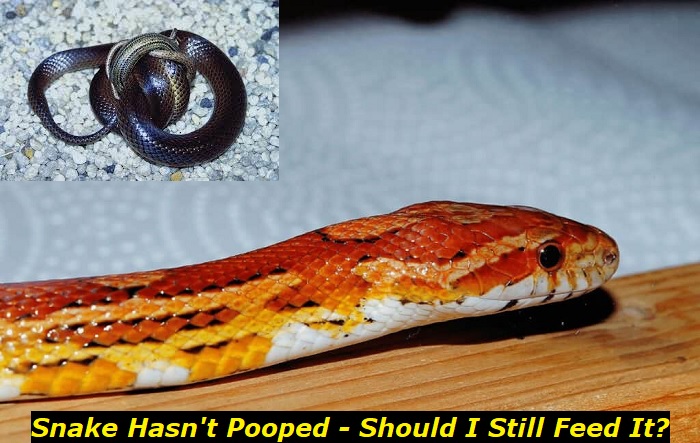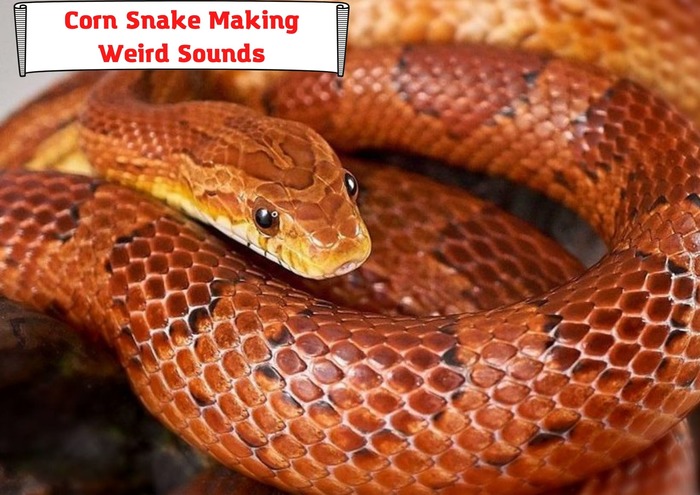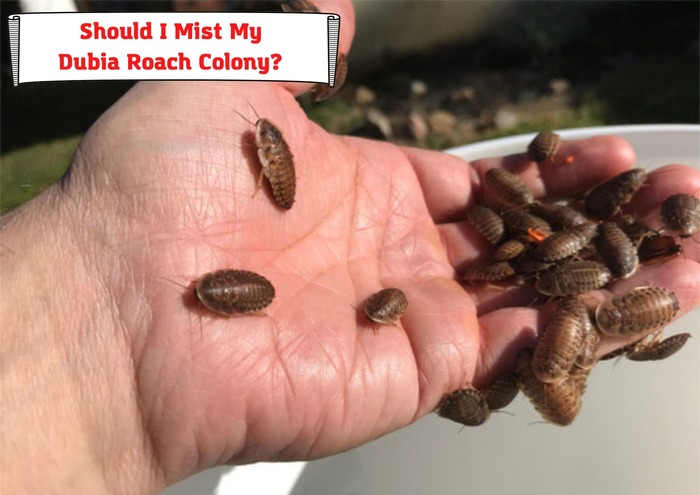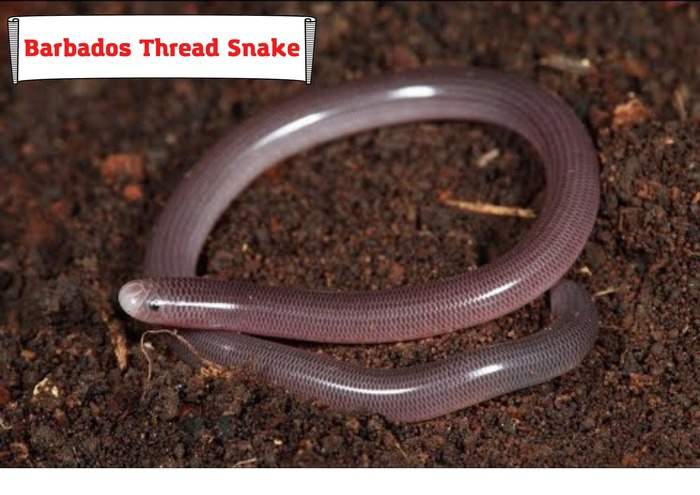No matter what your pet is, every owner only wants the best for their pet.
However, snakes can have different ways to care for. Because they eat prey in whole, they need more time to digest food after ingesting.
As a responsible owner, you worry when you observe something different from your routine. When pooping takes longer than expected, you may hesitate to feed your snake.

If your snake hasn’t digested its previous meal, you should feed it as scheduled. The key is to maintain a feeding routine, so your serpent will poop regularly.
To understand better, we have prepared a comprehensive info guide about your pet snake’s digestion process and why you can feed it even if it hasn’t pooped yet
Understanding your Snakes’ Digestive System
Before we learn why the snake hasn’t pooped yet, we must know how the snake breaks down food. The snake’s digestive system composes a mouth, esophagus, large and small intestines, stomach, kidneys, and a small opening called the cloaca.
When the prey passes through the mouth, the oral and venom glands immobilize the prey to prepare for swallowing. The mouth of a snake has a buccal cavity that leads to its esophagus. Although the snake’s esophagus covers half its body, it only has a few muscles. So it uses its body movements to transport the food to the stomach. The stomach utilizes its muscles and digestive juices to squeeze and break down the food.
The stomach’s gastric juices and digestive enzymes are extremely strong. They can digest the prey’s teeth and bones. Broken food goes down to the small intestines to break down nutrients. The small intestine walls absorb these nutrients and distribute them into the bloodstream of the snake.
Depending on many factors, the entire process can go on from a few days to a couple of weeks.
What Factors Affect a Healthy Digestion of Meals in Snakes?
1) Species
Different snake species have varying metabolic rates. Some species have faster metabolic rates. Species with slower metabolic rates could survive months without eating.
2) Prey Size
Larger meals would always take more time to digest. If you still have no idea, snakes only poop after digesting their prey entirely. They only release it when the digested meal has formed for excretion.
3) Temperature
Like other reptiles, a warm environment can help them digest food faster. While they need higher temperatures to digest their meal faster, it is not advisable to put them in tanks with extremely high temperatures.
4) Humidity
Also, snakes need higher humidity levels to aid in digestion and shedding. With the size of their prey, they need hydration to break their meal faster. Also, the higher humidity level speeds up their shedding process, which holds digestion after the skin has been replaced. After shedding, their bodies return to their bowel movement.
How Often Should Snakes Poop?
A snake poops after digesting every part of its meal. When its ingested meal has broken down, it will form into feces to be ready for excretion.
In general, snakes should defecate according to the frequency of feeding. If you feed your snake once every seven days, it should poop every or after seven days. If your snake eats one large meal once a month, it should poop once monthly.
However, your snake may poop more than once between meals. This event is not ordinary. If it defecates multiple times between its feeding schedule, it may be sick or suffering from diarrhea.
However, some species do not poop every meal. The frequency of snakes could vary individually because of the factors we mentioned above.
Why is Your Snake Not Yet Pooping?
Some instances can be the reason your snake is not pooping.
1) It is not time to poop yet
If your snake is not behaving differently, you can expect it to defecate soon.
It can be comfortable in one corner and take time to digest its previous meal. If you see it at peace in one warm corner, it’s probably trying to break down its food.
Many owners shared with us their snakes do not poop every meal. Some species only defecate after shedding, around two or three months.
2) It’s your snake’s shedding time
As mentioned above, some snake species give their bodies time to shed before they digest their previous meal. The good thing about these species is they could go on for months without eating. So they let their bodies take their natural course until ready for bowel movement.
Some snakes, like the ball python, poop shortly after the old skin has been replaced. Some species take a few days after shedding before defecating.
3) It must be constipated
Constipation happens when your snake has trouble releasing its fecal matter. This condition can be uncomfortable and painful for the snake.
Constipation in snakes is often the result of dehydration and low temperature. In most cases, their food is their only source of water. Feeding your snakes with thawed frozen mice causes constipation because of less water present.
Also, with less water in their colon, snakes would have trouble moving and digesting the food.
Also, with lower humidity levels and temperature, snakes tend to keep higher temperatures in their body, so they can function efficiently internally. However, the rising temperature dehydrates the feces and hardens later on. Dried feces are harder to secrete than wet ones.
Here are some signs that your snake has constipation:
- Lack of bowel movement
- Lack of appetite
- Lethargy
- Irritable when handled
- Bloated or swollen abdomen
- Restlessness and discomfort
Good thing, owners can do something with constipation. But if this condition remains unresolved, it could cause infection.
4) It has an impacted stomach.
Impaction happens when the feces cannot pass through the digestive tract, making it troublesome to release. Impaction leads to many health issues, which may lead to an emergency or surgery because of infection. This condition can kill your snake if unresolved or unattended.
For this reason, you need to observe your snake when it hasn’t defected for a considerably longer time.
- Lack of appetite
- Constipation
- Distended or bloated abdomen
- Lethargy and weakness
- Lack of defecation for an extended period
- Regurgitation
- Restlessness and discomfort
Should You Feed Your Snake Even It Has Not Pooped Yet?
When your snake hasn’t pooped yet, wait a few days. But keep its meal within the schedule. This measure ensures that you are not disrupting its feeding cycle. So feed your snake according to schedule.
Can You Feed Your Snake after Regurgitation?
Regurgitation is a sign of digestive health issues and must be addressed at once. A snake’s body will need enough time to recover and gain a healthy weight before you can introduce food. The best thing you can do during this time is to find the underlying cause to address its health issue and help your snake recover.
When is it Time to Feed Your Snake?
The best time to feed your snake is during its schedule. Your snake knows the feeding schedule and will display anticipation when you prepare its meal. You can notice its increased alertness and activity.
Your snake is ready to eat when it displays hunting behavior. When it starts exploring its enclosure and surroundings as if looking for prey, it is ready to eat.
He responds to food presentation and that is enough sign to feed your snake.
How to Help Your Snake Defecate?
- Feed with small meals
If you notice your snake is having trouble digesting large prey, maybe it needs to eat smaller ones.
- Soak frozen food
Frozen prey loses their water content during thawing. To replenish lost water content, you can soak the frozen mice in warm water. Just be mindful because some snakes do not like eating wet prey.
- Soaking
Snakes naturally soak themselves in a water dish to aid in defecating. To help them, soak your serpent in warm water for about ten to fifteen minutes. This trick is one of the most natural ways to help a snake to release its feces.
- Proper hydration
Leave your snake with access to water. Pour fresh water into a water dish and ensure it is always clean. Also, use a shallow one that is large enough, so it can soak in it when it wants to.
- Manage the temperature
Every species would have the required temperature to live in an enclosure. You need to maintain this temperature to avoid disrupting its metabolic activities. Make sure to research enough to know this temperature requirement.
- Maintain required humidity levels
We have discussed the many roles of hydration in your snakes. To help your snake keep regular bowel movements, maintain humidity levels between 40 and 60%. Anywhere close to 50% is ideal for snake enclosures.
- Replace its bedding
Your snake needs a comfortable substrate to crawl into and facilitate movement. Replacing this material is a form of hygiene to keep your snake enclosure clean and prevent your snake from ingesting unsafe and harmful substrate. Replacing the substrate prevents impaction.
- Pet your snake
Although some snakes do not like handling, occasional petting may help them encourage more movement that can facilitate the transportation of ingested food to the stomach. Climbing from one finger to another stimulates their bowels and encourages activity.
To Wrap it Up
You can feed your snake even if it has not pooped yet. Not pooping a few days or weeks after a meal is natural. Some species feed only after a month or two. Snakes take time to digest their food. Waiting for a few days after their scheduled defecation will not hurt. But if you observe your snake is hungry, feed it.
- Pacman Frog Looks Deflated – What’s Wrong and What to Do? - August 7, 2023
- How to Put Snake Back in Cage after Feeding? Important Concerns - July 31, 2023
- Repta Boost: Instruction, Considerations, Ways to Use - July 24, 2023



